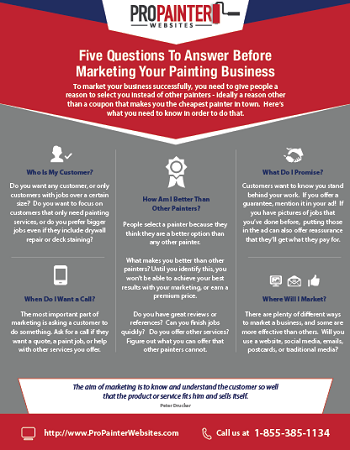Check Out The Effect Of Seasonal Components On The Performance Of Industrial External Painting And Determine The Optimum Times To Achieve Enduring Results For Your Project
Check Out The Effect Of Seasonal Components On The Performance Of Industrial External Painting And Determine The Optimum Times To Achieve Enduring Results For Your Project
Blog Article
Created By-Fox Skafte
When you're planning an industrial external painting job, seasonal elements can make or break your results. You'll intend to take into consideration exactly how temperature level and moisture impact paint application and drying out times. Picking the appropriate period can ensure your paint sticks properly and lasts longer. However which periods are absolutely the best for this kind of work? Allow's explore the key elements that can impact your task's success.
The Influence of Temperature Level on Paint Application
When you're preparing a commercial external painting task, the temperature level can substantially influence just how well the paint adheres and dries.
Ideally, you wish to paint when temperatures vary in between 50 ° F and 85 ° F. If it's as well chilly, the paint may not heal properly, causing problems like peeling or splitting.
On the other side, if it's as well hot, the paint can dry out as well promptly, preventing proper adhesion and resulting in an uneven surface.
You need to additionally consider the time of day; morning or late afternoon provides cooler temperatures, which can be extra favorable.
Always examine the supplier's referrals for the specific paint you're using, as they commonly provide assistance on the perfect temperature level variety for optimum results.
Humidity and Its Effect on Drying Times
Temperature level isn't the only environmental variable that affects your commercial exterior paint job; moisture plays a significant role as well. High humidity degrees can decrease drying out times substantially, affecting the overall quality of your paint job.
When the air is filled with wetness, the paint takes longer to heal, which can lead to issues like poor adhesion and a higher threat of mold growth. If you're repainting on a specifically damp day, be planned for prolonged delay times between layers.
It's crucial to monitor regional climate condition and strategy as necessary. Preferably, go for moisture degrees between 40% and 70% for optimum drying.
Maintaining these factors in mind ensures your job stays on track and delivers an enduring coating.
Best Seasons for Commercial Outside Paint Projects
What's the best time of year for your commercial external paint projects?
Spring and very early autumn are typically your best bets. During these seasons, temperature levels are light, and humidity degrees are commonly lower, producing excellent conditions for paint application and drying.
Avoid summertime's intense heat, which can cause paint to completely dry also rapidly, leading to bad adhesion and coating. Likewise, winter's cold temperatures can hinder proper drying out and curing, running the risk of the long life of your paint task.
Go for great site with temperature levels between 50 ° F and 85 ° F for ideal results. Bear in mind to check the local weather prediction for rain, as damp conditions can destroy your project.
Planning around these elements guarantees your paint task runs smoothly and lasts longer.
Verdict
Finally, planning your industrial external painting jobs around seasonal considerations can make a significant difference in the result. By organizing job during the perfect temperatures and humidity levels, you'll make sure much better bond and drying times. Keep in mind to watch on neighborhood weather report and pick the correct time of year-- springtime and very early loss are your best options. Taking https://www.housebeautiful.com/design-inspiration/g2624/wood-paneling-makeovers/ will help you attain a sturdy and expert surface that lasts.
